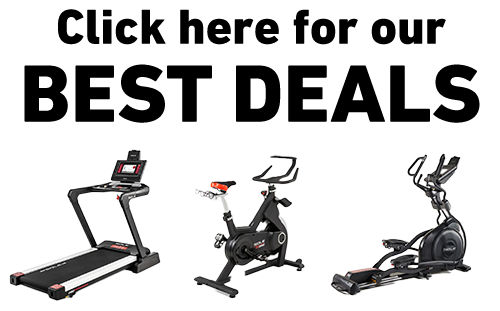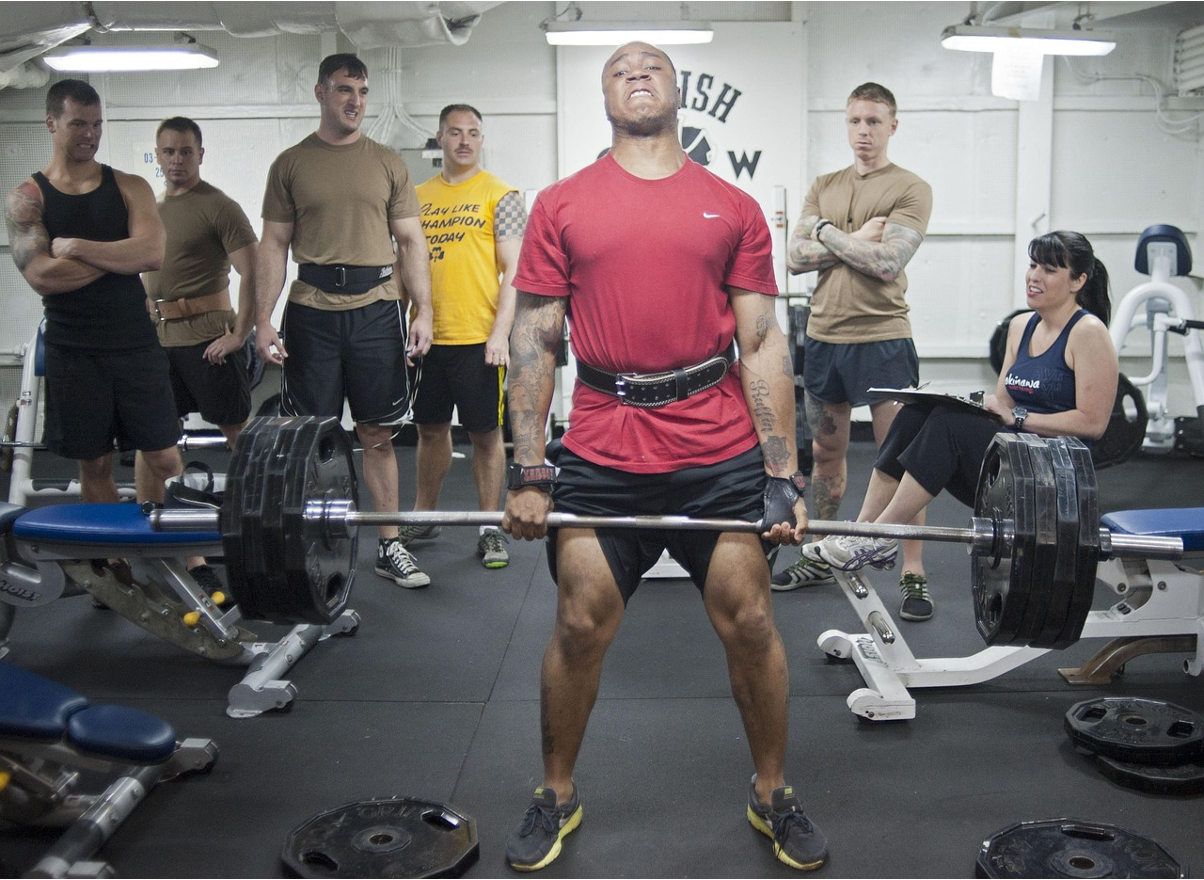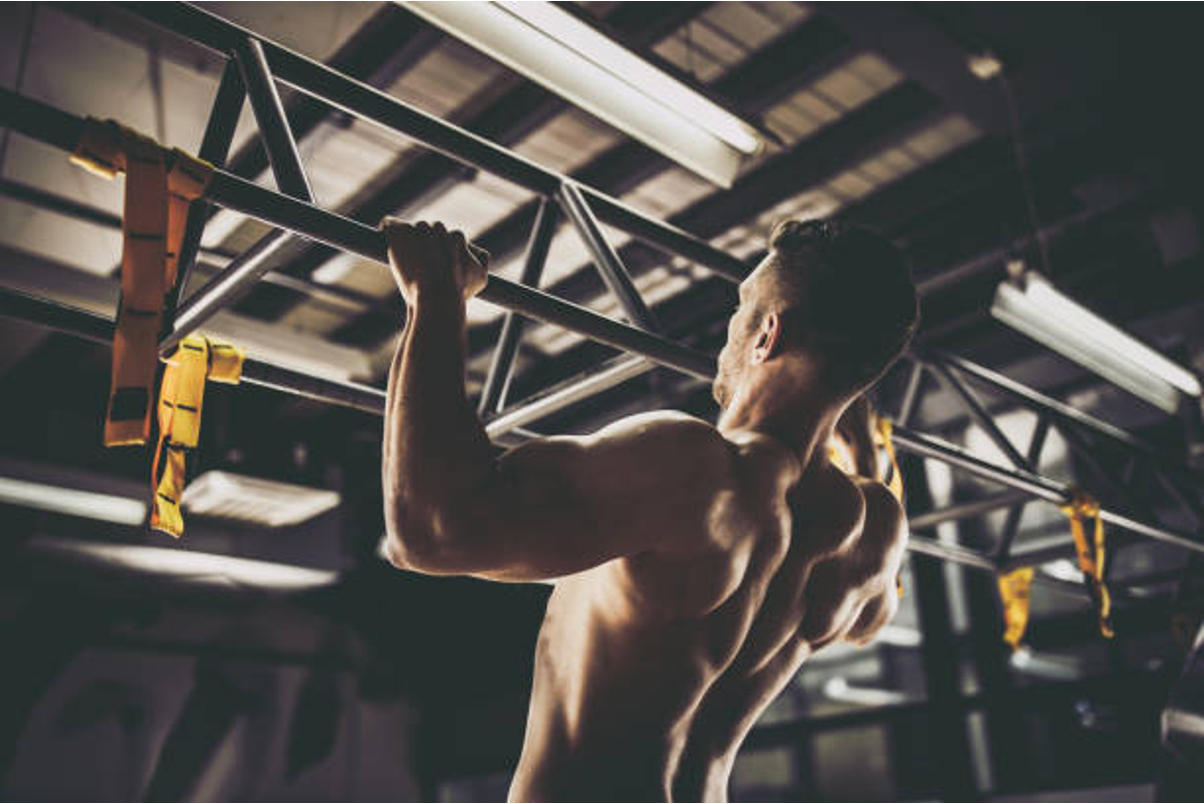Key Takeaways
- Dumbbell squat alternatives can be just as effective as barbell squats for building leg strength and muscle when programmed properly.
- Goblet squats provide excellent anterior core engagement and can help improve squat depth and posture.
- Bulgarian split squats address muscle imbalances better than traditional barbell squats by working each leg independently.
- Sumo squats target inner thighs and glutes more effectively than conventional squat positions.
- SOLE's adjustable dumbbells and weight bench provide the perfect progression system for advancing from beginner to advanced dumbbell squat variations.
No Barbell? No Problem! Why Dumbbell Squat Alternatives Deliver Results
Do you need to build leg strength but don't have access to a barbell? You're not alone. If you're training at home, in a crowded gym, or working around an injury, barbell squats aren't always practical. The good news is that dumbbell alternatives can deliver comparable, sometimes even superior results for specific training goals.
The barbell back squat has long been considered the king of leg exercises. While its reputation is well-earned, it's not the only way to build impressive lower body strength and muscle.
Dumbbell squat variations create similar muscle recruitment patterns with unique advantages. They're joint-friendly, requiring less technical skill while still producing significant muscle activation in the quadriceps, hamstrings, and glutes.
What makes these alternatives effective is how they alter the load distribution. Rather than bearing weight across your shoulders, dumbbells change your center of gravity, creating different stability challenges and muscle recruitment patterns.
This shift can be beneficial for addressing weaknesses or imbalances that traditional barbell work might miss.
|
Build Your Foundation with Premium-Grade Strength Equipment!
 Complete Your Home Gym:
Why Choose SOLE Strength: ✓ Heavy-duty steel construction with rust protection 30-Day Money-Back Guarantee: Love it or return it, no questions asked. |
Goblet Squats: The Perfect Barbell Back Squat Alternative

The goblet squat's front-loaded position naturally improves squat mechanics by encouraging a more upright torso, proper depth, and excellent core engagement.
Proper Goblet Squat Form for Maximum Results
Start by holding a dumbbell vertically against your chest, cupping the upper portion with both hands as if holding a goblet.
Position your feet slightly wider than shoulder-width apart with toes pointed slightly outward. Before descending, brace your core by taking a deep breath and engaging your abdominals as if preparing for a punch.
Initiate the movement by hinging at the hips and bending the knees simultaneously. Keep your chest up and proud throughout the movement; the dumbbell should help counterbalance as you descend.
Lower yourself until your thighs are at least parallel to the ground, ideally going deeper if mobility allows. At the bottom position, your elbows should track inside your knees, which can help create space in the hips.
Drive through your heels and midfoot to stand back up, maintaining tension in your core and keeping your torso upright.
Avoid excessive forward lean, which defeats some of the postural benefits of this variation. The entire movement should feel smooth and controlled, with the weight close to your center of gravity throughout.
Why Goblet Squats Develop Quadriceps Better Than Many Barbell Variations
Goblet squats create significant quadriceps activation due to the anterior load position. With the weight held in front of your body, your knees naturally track further forward during the descent, increasing the demand on the quadriceps compared to a more hip-dominant back squat.
This forward knee tracking places the quads under tension through a fuller range of motion, particularly at the bottom position of the squat.
The upright posture maintained during goblet squats also reduces the contribution from the lower back, creating a more isolated stimulus for the quads.
Programming Tips: Sets, Reps, and Weight Progression
For maximum muscle building, program goblet squats in the 8–12 rep range for 3–4 sets. The dumbbell positioning limits the absolute load you can use, making this variation ideal for moderate rep ranges.
If strength is your goal, you can still train in lower rep ranges (5–8), but be prepared to graduate to other variations once you outgrow the heaviest dumbbell available. Progression is straightforward: increase weight when you can complete all prescribed reps with perfect form.
Another effective strategy is to incorporate tempo variations—try a 3-second lowering phase followed by a 1-second pause at the bottom to increase time under tension without needing heavier weights.
Bulgarian Split Squats: Build Single-Leg Strength and Stability

Bulgarian split squats develop not just strength and muscle mass but address balance, coordination, and stability that bilateral exercises can mask.
Step-by-Step Setup for Flawless Bulgarian Split Squats
Start by positioning yourself in a split stance with your rear foot elevated on a bench or sturdy platform about knee height. The distance between your front foot and the bench is crucial—too close and you'll feel excessive knee strain, too far and you'll struggle with balance.
Ideally, when you descend, your front shin should be relatively vertical with your knee tracking over your midfoot.
Hold dumbbells at your sides with arms straight and shoulders pulled back and down. Before beginning, check that your hips are square and facing forward; a common mistake is allowing the hip on your rear leg side to rotate outward.
Descend by bending your front knee, keeping your torso upright, until your front thigh approaches parallel with the floor. The rear knee should lower toward the floor without touching it.
How Bulgarian Split Squats Fix Muscle Imbalances
Most people have a dominant leg that subtly takes on more load during bilateral exercises like barbell squats. Over time, this creates strength discrepancies that can lead to compensations and potential injuries.
Bulgarian split squats eliminate this problem by forcing each leg to work independently, allowing the weaker side to catch up.
By addressing these imbalances, you're building more symmetrical development and unlocking strength that may have been limited before.
Sumo Squats: Target Inner Thighs and Glutes

Sumo squats shift emphasis to the inner thighs, glutes, and outer quads by adopting a wide stance with toes pointed outward.
Correct Foot Position and Stance Width
The effectiveness of sumo squats hinges largely on proper stance setup. Begin by placing your feet significantly wider than shoulder-width, typically 1.5 to 2 times as wide as your normal squat stance.
Your toes should point outward at approximately a 45-degree angle, though this can be adjusted based on your hip anatomy and comfort.
To test if your stance is appropriate, perform a bodyweight squat first. At the bottom position, your knees should track over your toes without excessive inward collapse, and your hips should feel open rather than pinched. You should feel tension primarily in your inner thighs and glutes, not pain in your knee or hip joints.
Single vs. Double Dumbbell Holds: Which Works Better?
With sumo squats, you have two primary options for holding dumbbells: the single dumbbell position (held vertically between your legs) or double dumbbell position (held at your sides).
The single dumbbell approach allows for a more upright torso and can be easier on the lower back. This variation is excellent for beginners or those focusing on form refinement.
The double dumbbell hold, one weight in each hand at your sides, allows for heavier total loading and creates additional stabilization requirements.
This variation more closely mimics the loading pattern of a barbell sumo deadlift and may better develop grip strength as a secondary benefit.
Master Every Dumbbell Squat Variation with SOLE's Premium Equipment

SOLE's adjustable dumbbells and weight bench create a complete dumbbell squat training system that rivals expensive gym setups while fitting in any home space.
The SOLE SW101, SW155, and SW180 Adjustable Dumbbells provide everything needed for mastering these three powerful squat alternatives. With 16 weight options from 5–80 pounds, you can start with light goblet squats to perfect your form, then progress systematically to heavy Bulgarian split squats and sumo squats as your strength develops.
The quick-adjust dial system is crucial for efficient leg training—switch from 50-pound goblet squats to 30-pound Bulgarian split squats in seconds, maintaining workout intensity without long rest periods for weight changes.
The SW116 Weight Bench transforms from a simple seat into the perfect Bulgarian split squat platform. Its adjustable height settings let you find the ideal rear foot elevation for your leg length, while the commercial-grade construction handles dynamic single-leg movements safely.
The SOLE Equipment Mat provides essential stability for floor-based warm-ups and mobility work that supports your squat training, while the SOLE+ App includes structured leg programs that systematically progress through all three variations with optimal rep schemes and load prescriptions.
What makes SOLE perfect for dumbbell squat training is the lifetime warranty on frame and mechanism—these dumbbells will support your leg development for years without the recurring gym membership costs.
Ready to build powerful legs without ever touching a barbell? Check out SOLE dumbbells today!
Frequently Asked Questions (FAQs)
Are dumbbell squats as effective as barbell squats for building strength?
Dumbbell squat variations can be extremely effective for building strength, though they offer different loading profiles than barbell squats. Front-loaded variations like goblet squats can produce similar muscle activation patterns to barbell front squats. The primary limitation comes with progressive overload—barbell exercises eventually allow for heavier absolute loads once you've mastered technique.
How heavy should my dumbbells be for these squat alternatives?
The appropriate weight depends on your training experience, the specific variation, and your goals. For goblet squats, most intermediate lifters can handle a dumbbell between 40–70 pounds for working sets.
Can I build significant leg muscle with just dumbbells?
Absolutely. Muscle hypertrophy is primarily driven by mechanical tension, metabolic stress, and muscle damage, all of which can be achieved effectively with dumbbell exercises.
How often should I perform these dumbbell squat alternatives?
For optimal results, each major muscle group should be trained 2–3 times per week with at least 48 hours between sessions targeting the same muscles. This frequency provides sufficient stimulus for growth while allowing adequate recovery.
How do SOLE's adjustable dumbbells enhance dumbbell squat training?
SOLE SW180 Adjustable Dumbbells are specifically designed for progressive squat training, offering 16 weight options from 5–80 pounds that cover the entire progression from beginner goblet squats to advanced Bulgarian split squat variations. The quick-adjust dial system allows seamless weight changes between exercises and sets, crucial for training protocols that require different loads for unilateral versus bilateral movements.




Leave a comment
This site is protected by hCaptcha and the hCaptcha Privacy Policy and Terms of Service apply.